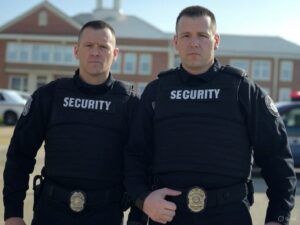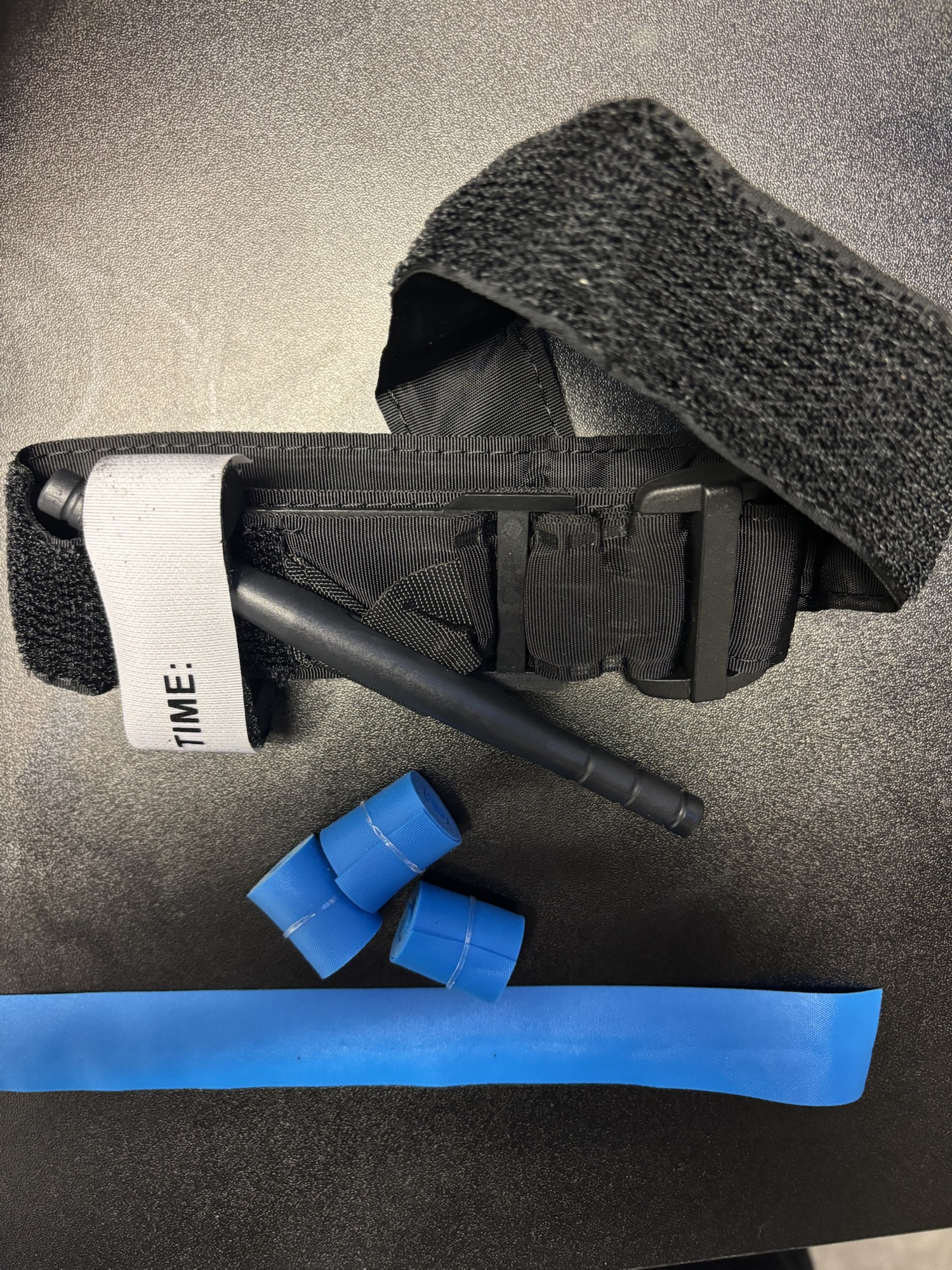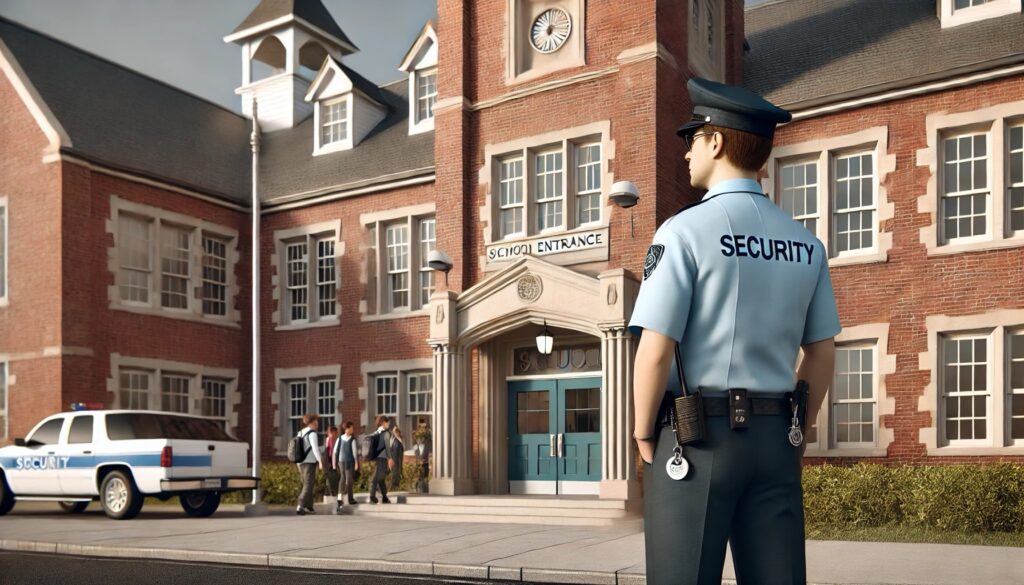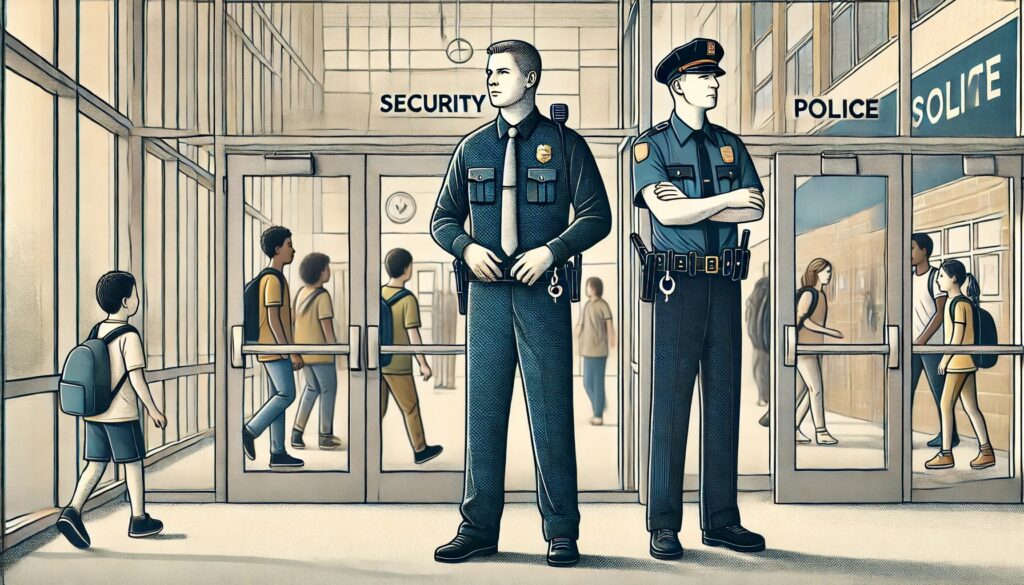
When it comes to securing our schools, the traditional reactive approach—responding to incidents after they occur—is no longer sufficient. Modern threats require proactive solutions. Increasingly, forward-thinking school security directors are adopting predictive analytics, an innovative method that enables security teams to foresee and mitigate threats before they materialize.
Predictive analytics leverages historical and real-time data gathered from sources such as security cameras, incident reports, visitor management systems, and behavioral observations. By identifying patterns, anomalies, and potential threats, schools can stay one step ahead. But what exactly does predictive analytics look like in practice?
Predictive Analytics in Action: Three Theoretical Case Studies
Case Study 1: Early Intervention through Behavioral Analysis
At Jefferson High School, a predictive analytics system identifies recurring patterns of bullying behavior through incident reports and social media monitoring. By recognizing these early signals, the school security and counseling teams proactively address the issues through targeted counseling programs, effectively preventing escalation into more serious conflicts.
Case Study 2: Preventing Unauthorized Access
Green Valley Middle School experiences periodic unauthorized after-hours entry. By analyzing historical access control logs and correlating them with motion sensor data, their predictive analytics software anticipates potential security breaches. Security patrols are adjusted based on predictive alerts, significantly reducing incidents of trespassing.
Case Study 3: Crowd Management during Large Events
At Lakeside High School, the annual homecoming game draws large crowds and historically involves increased security risks. Predictive analytics utilizes past attendance records, entry point congestion data, and incident reports to forecast potential issues such as overcrowding or altercations. The school proactively adjusts staffing and patrol routes, ensuring smooth crowd management and enhanced safety.
Three Leading Providers of Predictive Analytics Solutions for Schools:
1. Motorola Solutions (Avigilon)
Motorola Solutions, through their Avigilon brand, offers cutting-edge predictive analytics technology integrated with sophisticated video surveillance systems. Their AI-driven software detects unusual behaviors, unauthorized access, and potential threats in real-time. Avigilon’s intuitive dashboard equips security personnel with clear, actionable insights, allowing proactive responses to security threats.
Why Motorola Solutions?
• Advanced AI-driven video analytics
• Smooth integration with existing security infrastructure
• Immediate threat detection and actionable alerts
2. Navigate360
Navigate360 specializes in comprehensive, education-focused predictive security solutions. Their integrated system combines behavioral threat assessments, incident management, and visitor tracking. By spotting concerning behaviors early, Navigate360 empowers school security teams to quickly intervene, enhancing overall campus safety.
Why Navigate360?
• Customized solutions for K-12 and higher education
• Detailed behavioral risk assessments
• Unified incident reporting and data management
3. Evolv Technology
Evolv Technology provides innovative predictive analytics solutions combined with high-throughput screening systems. Their technologies efficiently detect concealed threats without disrupting daily school routines. Through advanced threat modeling, Evolv anticipates risks, significantly improving school safety.
Why Evolv Technology?
• State-of-the-art AI threat analytics
• Non-disruptive screening ideal for school environments
• Proactive risk identification and management
Implementing Predictive Analytics Successfully
Successfully integrating predictive analytics into school security strategies requires thoughtful preparation:
• Centralizing and Cleansing Data: To ensure accuracy, data from diverse sources must feed into a unified platform, enabling precise and actionable predictive insights.
• Training Staff Effectively: Security personnel must be skilled in interpreting predictive analytics insights and translating them into proactive actions.
• Establishing Actionable Protocols: Utilize predictive analytics to guide decisions regarding patrol routes, staffing strategies, emergency preparedness, and regular security drills.
When predictive analytics becomes central to school security strategies, institutions achieve a proactive stance capable of neutralizing threats before they escalate.
Achieving Gold-Standard Security
Predictive analytics represents the future of school security. Companies like Motorola Solutions (Avigilon), Navigate360, and Evolv Technology are at the forefront, providing solutions designed to anticipate and prevent security risks effectively.
Adopting predictive analytics empowers schools to ensure not only safety but also foster environments where students and educators can confidently focus on learning and growth. It’s time to elevate school security to a gold standard through predictive analytics.




